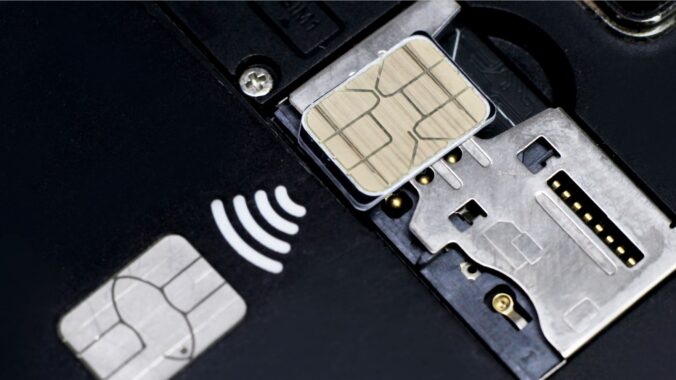At this year’s MWC, we’ll be talking more about how we’re meeting the needs of consumers and businesses through the connected objects they use in their daily lives.
We live in a world where technology is everywhere. Think about when you’re at the supermarket, tapping your smartphone to pay for your shopping. Or maybe you’re starting your car with a mere push of a button.
The processes behind these seemingly mundane interactions are all incredibly complex – but this shouldn’t be something that businesses and end users should have to think about.
At Thales, our mission is to keep complex things simple. This means making sure the processes happening “behind the scenes” are invisible and enable a smooth user experience. This will help to support the adoption of new technologies – in both the consumer and IoT domains – and ultimately help more people to enjoy a connected world.
Here are some examples of how this works in action…
- Roaming options: Those who travel abroad, especially outside Europe, are no doubt familiar with the challenges around the cost of local communication. With the wrong mobile package, you could end up paying over the odds to do something as simple calling a restaurant or consulting Google Maps. For these situations, an eSIM phone allows people to easily download a local subscription, valid for a few days, giving them access to precious and affordable gigabytes of data, SMS and voice calls. This makes communications abroad cheaper and easier to manage.
- Fleet connectivity management: Each car in a fleet can now be equipped with an embedded SIM (eSIM) so subscriptions can be changed remotely. Stellantis, a leading global automaker, is one example of a company we worked with to simplify its vehicles’ connectivity management, enabling massive and remote cellular updates. The company leveraged our automotive-grade eSIMsand remote subscription management platform, to manage car connectivity updates on more than 900,000 vehicles.
- Out-of-the-box connectivity: Private networks provide 4G or 5G coverage to connect people and devices on a site, whether that is a port, a gigafactory, an Olympic stadium or for a rescue team in operations. These private networks, as their name indicates, must remain “private”: only authorised users, whether people or devices, can connect to them, access corporate applications and exchange data. In response to the growing demand for private network deployment, using eSIMs, in small or larger quantities, we’ve developed a unique “eSIM as a Service” online portal. This provides simplicity in two ways: first, through simple ordering and management, and second, by delivering a ready-to-use eSIM which connects to the targeted private network instantly.
Let’s also not forget the need to keep security simple…
- Protecting the digital identity of a smart meter: The risks here are that when a smart meter is put into service or undergoes a software update, a third party corrupts its proper functioning, takes control of it, and captures usage data. In this scenario, we take care of the process of establishing end-to-end cyber protection safeguarding identities and data exchanged “from edge to cloud”. The end user only needs to think about the insights they can from these devices, not the solutions that are protecting their integrity.
- Managing data from electric vehicle charging stations: EV charging stations, while distributing electricity, also have many other tasks to run. This includes managing vehicle identification, sending activity reports, getting inputs from the grid about the energy demand and production, and, from time to time, managing software updates. All these processes need to be secured to protect users’ identity and data exchanged. Thales Trusted Key Management and Secure Elements, which will be showcased at MWC, removes the complexity of securely storing digital identities and certificates – ensuring robust security throughout the EV charging life span, from installation to decommissioning.
- Securing secrets in smartphones: A lot of the time our Smartphones are the gateway to access digital services – from QR codes to access menus in restaurants, to fitness tracking and banking. These devices store and manage thousands of “secrets” (e.g., credentials, certificates, encryption keys) to make our everyday lives simpler and more fluid. And many smartphone manufacturers at MWC – from Google to Samsung – have already incorporated our products into the design of their devices. Ultimately, consumers simply want things to function seamlessly. They don’t want to be burdened by the intricate layers of security that underpin their safety.
At this year’s show, we’ll be talking more about simplifying and securing IoT processes to enable customers and end users to make the most of the connected world.
Come and see us at MWC to find out more about how we’re making complex things simple. Visit us at Fira Gran Via, Hall 2, stand 2J30.
Explore some of the key technology at this years event here.



